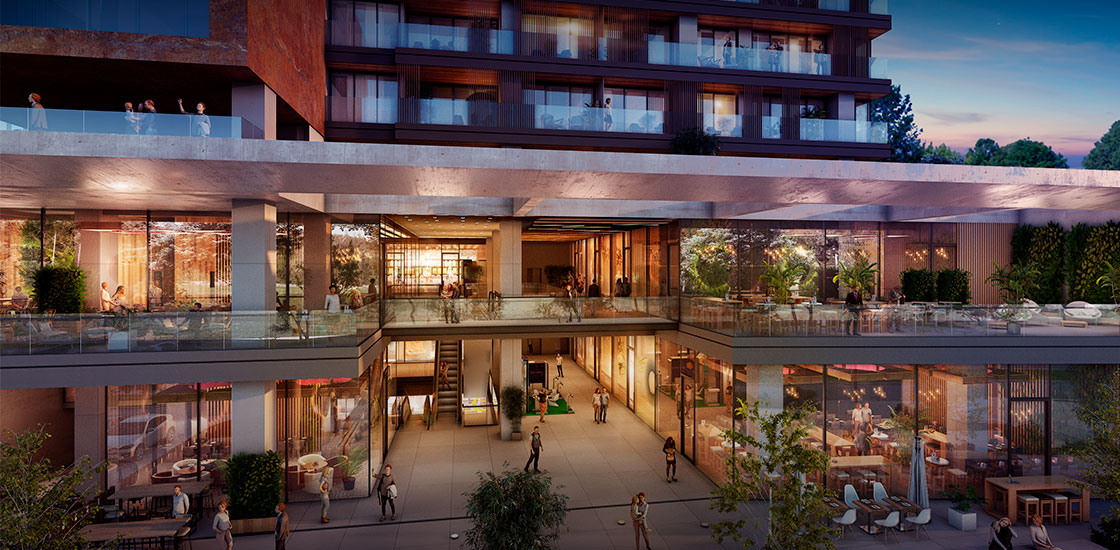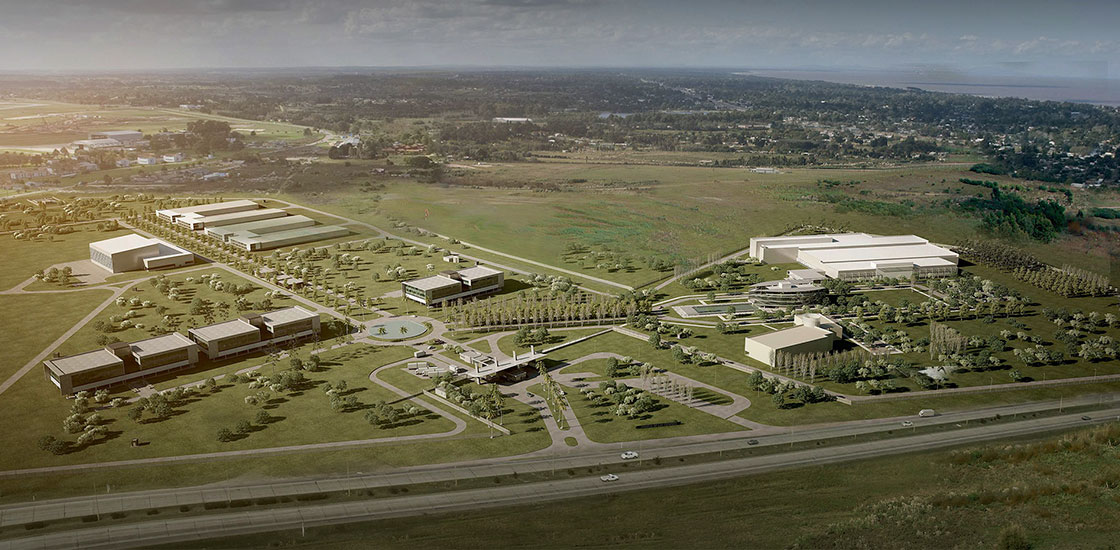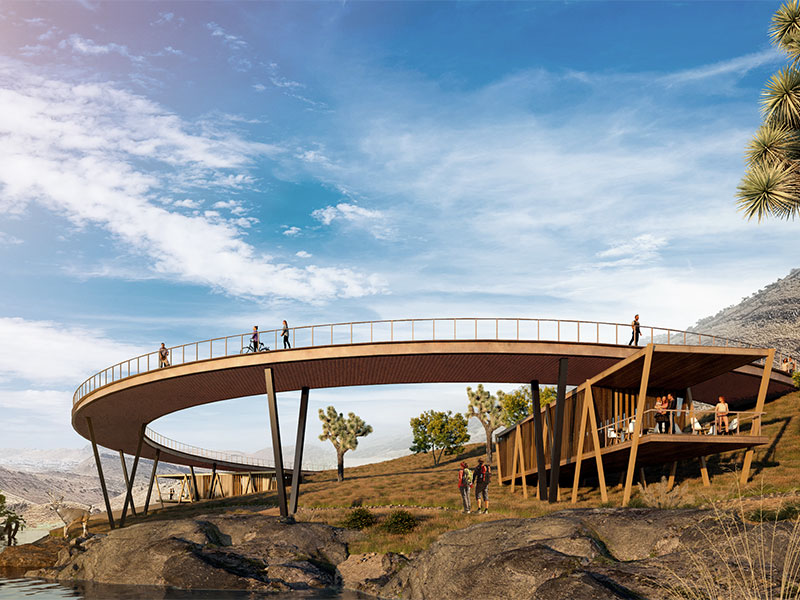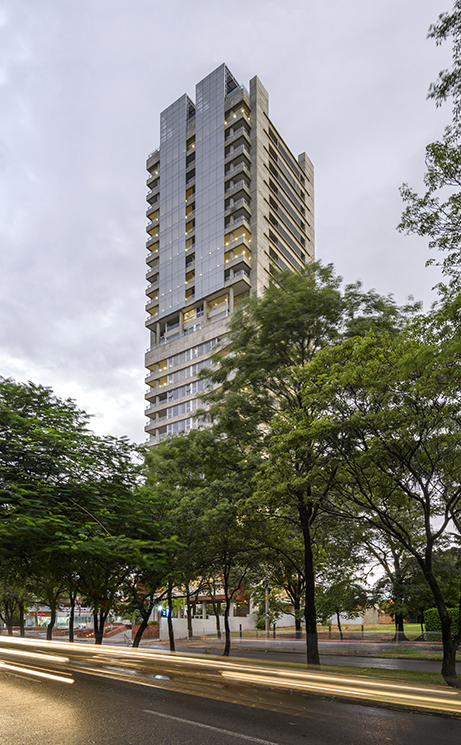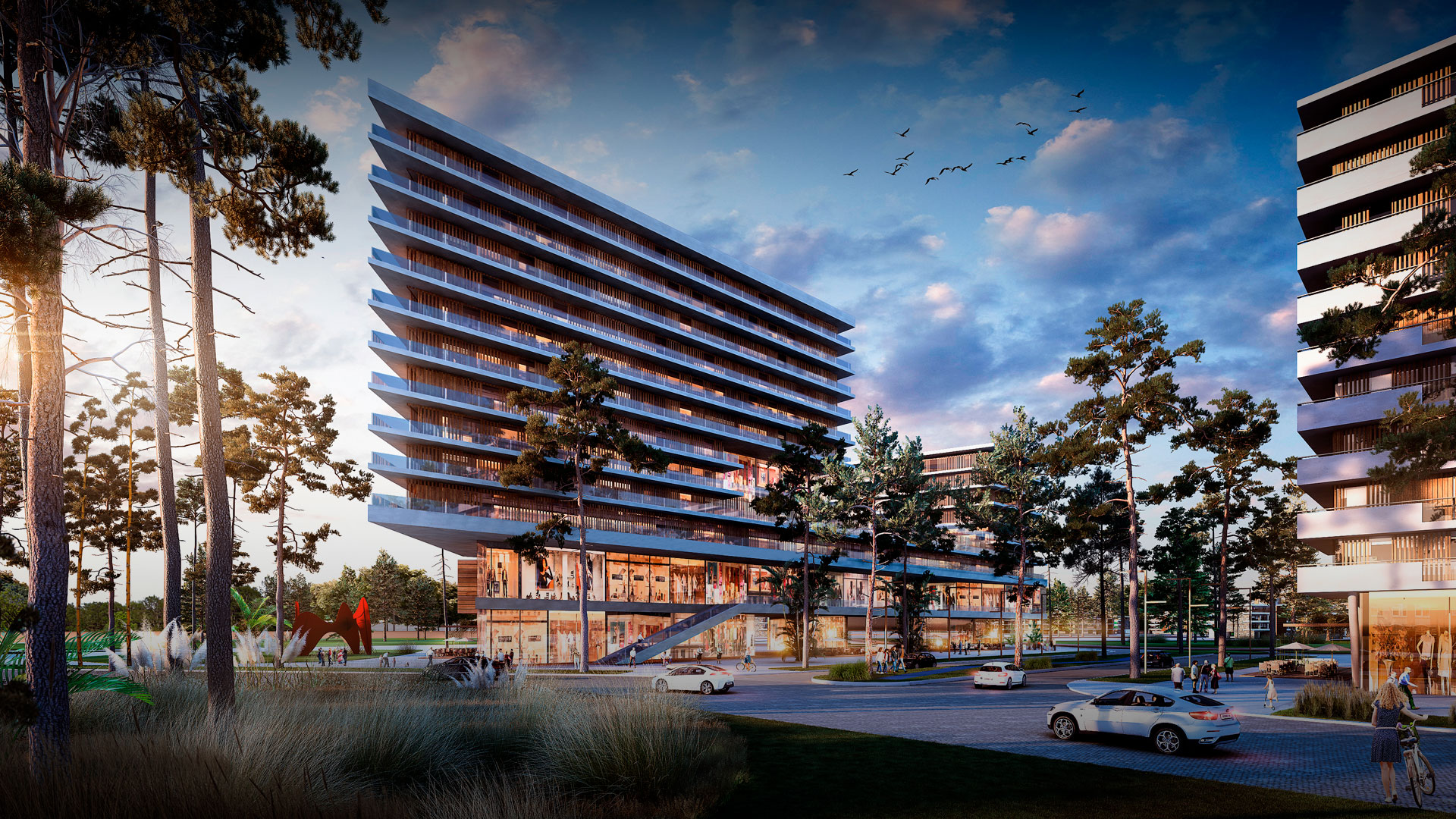

Reading time: 5 minutes
In recent years, the acronym ESG (Environment, Social, and Governance) has become increasingly relevant in the business world. Its impact is also spreading to other fields, including architecture and urban planning.
At GP, we explore how the discipline can contribute to meeting ESG objectives and how current trends in architecture - mixed uses, flexibility, and diversity of experiences - can help achieve a positive impact on the environment, society, and city management.
Environmental:
The environment is one of the key dimensions within the ESG acronym. From this perspective, architecture can contribute to meeting environmental objectives in various ways. The use of green materials and technologies, such as solar energy capture or energy efficiency in construction, can help reduce the carbon footprint and dependence on natural resources. Additionally, incorporating green spaces into the project and connecting with existing nature can improve the quality of life for inhabitants, enhance their social relationships, and promote local biodiversity.
The integration of mixed-use projects is an excellent way to contribute to ESG objectives, as it allows for combining different spaces such as residences, offices, shops, and public services in a single building or complex, reducing travel distances that contribute to energy savings.
Beyond spatial optimization, inherent to mixed-use programs, the environmental dimension in architectural design can also enhance the environmental qualities of a territory.
An example of a project applied to this dimension is Riverside, a residential and commercial masterplan of 95,454m² located next to the western peninsula of the Paraguay River, in the city of Asunción. Articulating along the shape of the river, Riverside seeks to build a resilient urban experience connected with the natural territory, generating a valuable enclave for building identity and community.
Social:
The social dimension is also an essential requirement for meeting ESG objectives. In this case, architecture and urban planning can contribute to the creation of more inclusive and sustainable communities that promote the well-being of people. The creation of easily accessible public spaces strengthens interaction and collaboration among any community's inhabitants. Moreover, the design and distribution of these areas, directly related to housing, should be conceived from a collective perspective, from spatial and social cohesion.
For this dimension, it is important to consider works as platforms for diverse experiences, which, in addition to seeking profitability, also aim to become the ideal support for the most diverse life projects, ensuring safe and inclusive spaces for everyone.
An example of this dimension applied to a project is Catehua, a mixed-use development of 95,324 m² that is being developed in an industrial sector of Monterrey, enriching it with new services and creating an inclusive and binding integration environment, through the mixture of various complementary programs.
Governance:
Finally, the governance dimension refers to how decisions are made and managed within an organization or an urban project. In the field of architecture and urban planning, good management involves planning and decision-making with a long-term focus and considering the social and environmental implications of projects. Good architectural and urban planning practices can contribute to more sustainable and ethical management, ensuring that the needs of all people are considered.
Within this dimension, we understand that flexibility is a key concept to apply to promote the governance of communities. Buildings should be designed in such a way that they can be adapted and reused over time to meet the changing needs of society.
For example, the urban project +Colonia, which we designed to create the ideal space for the development of a new wing of Colonia del Sacramento, proposes an entrepreneurial and innovative city, calling on its own residents for participative governance through decentralized autonomous organizations (DAOs), powered by blockchain.
Good architecture and urban planning can significantly contribute to meeting ESG criteria, by promoting sustainable development that takes into account both the environment and the needs of society and its diverse communities. By adopting sustainable architectural and urban planning practices, we can build healthier, more inclusive, and responsible cities for everyone.

